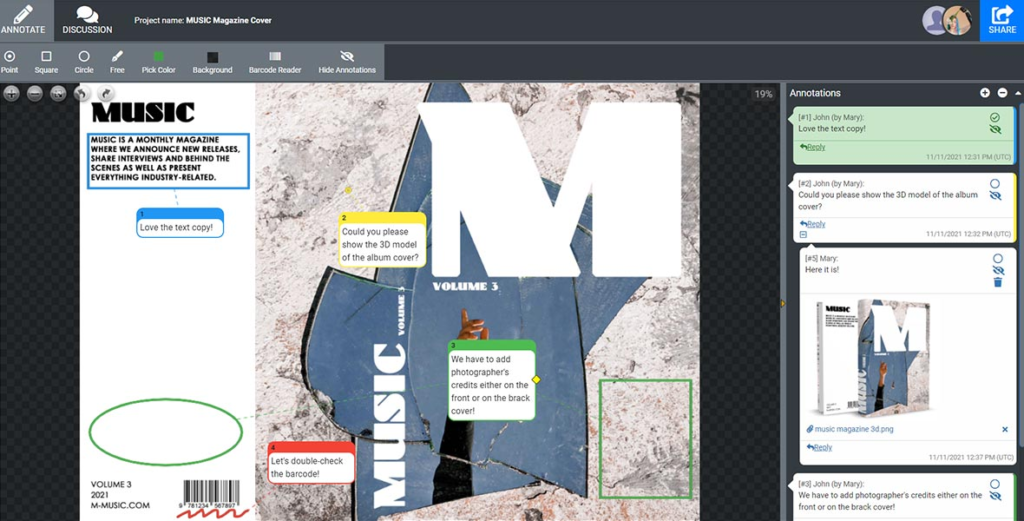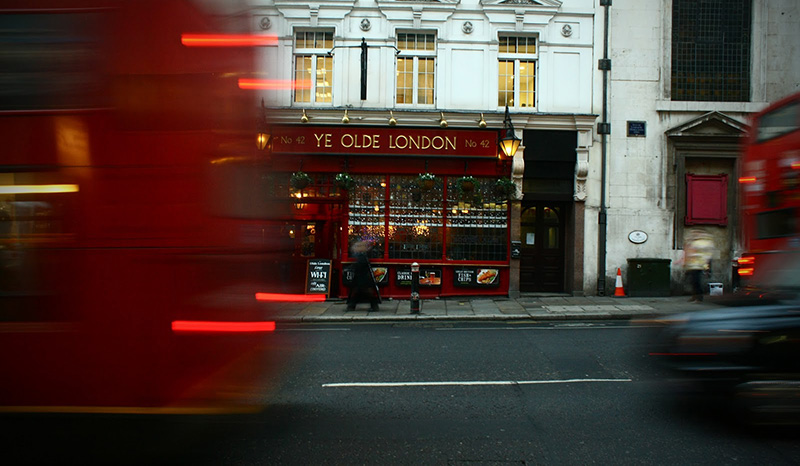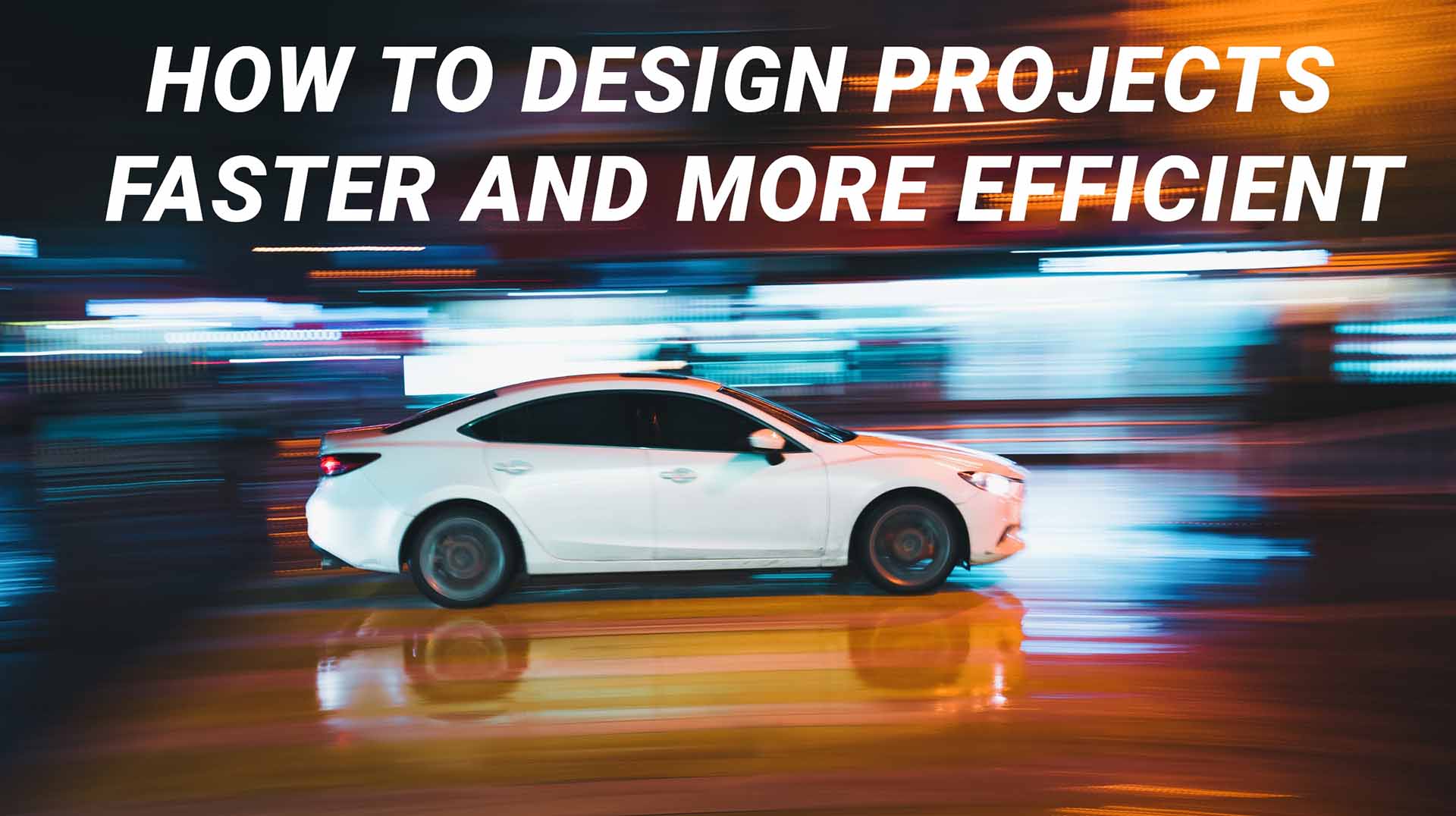To make someone’s business more efficient via work with visuals, one has to become a more efficient graphic designer and employ best practices. Become a faster graphic designer. It’s a no-brainer.
What does it mean, though? How to estimate it? And how to create an efficient design project and make it better?
This is a funny word: efficient. There are no certain standards to measure what it is, and I’m not even sure that somebody has ever tried to make a sort of general classification. Wouldn’t say it’s a wonder of some kind – people perceive efficiency differently. What’s one man’s trash is another man’s treasure, as they say. The very term of efficiency is very negotiable depending on the design team and, of course, on their client’s vision.
So, before we proceed with ways to design better and faster, let’s try to figure something out.
Table of contents:
What is an efficient designer?

Essentially, I would say that it is someone who can squeeze the result that would suit all parties at its best out of least favourable conditions (mamma mia, do I sound like a nerd). It considers every possible aspect that you can think about: deadline, payment, sphere, the complexity of the project, team and client’s attitude, etc. When these elements do not play on your side, but you still manage to provide a decent result – your method can be considered as efficient.
Still, working under such conditions is expensive – financially for the client and psychologically for a designer, and not everyone agrees to take such complicated projects. Why? Different reasons, mostly they stuck somewhere between “I’m not sure I can make it” to “I can make it, but for a higher price”. Let’s suppose these reasons are totally objective, and all suggested good designers refused to take up the project because of them. Who would agree?
Either someone overconfident or someone for whom any money is good. Or, maybe, both. Will their work be maximally efficient with such a strategy? Unlikely. Are such designers better than none at all? Not sure – the chance to market your product with such a designer is still higher than without any at all, but no one can guarantee their work will not backfire and turn out to be a loss of time and money. Can such a situation be fixed? And, most importantly, can a good designer improve their skills?
Undoubtedly, yes. There are a couple of different ways to achieve specific goals and achieve close cooperation with your team and client. Let’s check how to make your design process faster.
10 Tips for Designing Faster and More Efficiently
№1: Narrow down the problem

So, there’s a certain issue you have to deal with, and, to know how to do it, you must understand which way you are about to go. Any detail starting with the size of the letters and ending with the style preferred by the client would help immensely. Client’s sound requirements plus your thorough market analysis should give you enough information to form the concept in your head.
Why it is important: without a clear understanding of what you’re about to work with and what you might use, you will lose time creating numerous pointless variants of design looking for the most fitting one.
Of course, there has to be enough space for a maneuver because without any creative freedom your design project will suffocate. Your task is to catch that balance and use it to your benefit.
№2: Understand the mood

The vibe that your work is supposed to evoke is one of the biggest helpers when it comes to narrowing down the problem. I mean, there’s a whole lotta difference between a poster for a Halloween party and a kids’ toy package. First things that are responsible for the mood are colors and fonts (if the latter is applicable). When you have the image of stylistics you will work with, it will be easier to move on – you may even build a personal list of color+font combinations you think look cool for your future projects.
Why it is important: colors and fonts are a backbone of your project, and once you’ve chosen them, you can move on with the rest of the design elements faster.
№3: Function first

It is one of those very things that are a direct result of the first point. When you have narrowed the choice of your actions, you have to approach your project from a functional, practical point of view. Are making a package for a lemonade? Ask yourself how to make it appeal to people, how to make them willing to buy it just because of its looks. The banner? Make it catch people’s attention. Logo? Make it as recognizable and easy to remember as possible. Plan how you can achieve it.
Why it is important: your personal tastes or personal tastes of your client might stand in the way of the purpose. You are not creating the design to please yourselves – the only ones whose taste matter is the target audience. Ignore it, and the product might not fulfil the purpose it is made for.
№4: Re-interpret clichés

Weird enough, but the very phrase “avoid cliches” has become one big ugly cliche which I’m tired of hearing and reading everywhere. Cliches are not a bad thing, but most people are using them wrong. This world has seen the wildest ideas and inventing something totally new becomes harder if not impossible. Re-inventing something, on the other hand, will always be useful.
Note: I don’t mean stealing works from someone else’s portfolio. I mean using some trends that some might call too mainstream to your benefit.
Why it is important: if you know that something will definitely work, you should not reject the idea only because it is considered a cliche. Re-work it – make it look fresh but preserve the main concept. It will save you time and will bring the desired result and help achieve the ultimate goals in your future projects.
№5: Use software for feedback

Gathering feedback is vital for any project, and design is something that yields for it all the time. Many projects fail mainly because of misunderstood, lost, or simply absent responses from the reviewers. If you want to avoid this problem, you can use special SaaS tools to automate feedback delivery. It is easy to lose feedback among tons of emails but hard enough with Approval Studio that lets you upload, annotate, and compare versions of your artwork. Project reports for more effective project management are included.
Why it is important: precise and timely feedback significantly shortens the time necessary to apply edits and allows you to avoid idle time while you’re waiting for the stakeholders’ response. Saved time means saved money and significantly higher efficiency. Technology rules!
№6: Discuss not argue

Where would you put a comma, huh?
It’s one of my favourite parts, really. I am very into polemics, and fruitful discussions are my everything. However, to make them fruitful in your creative team that is on the project, everything must be held under control, which means:
- no emotions and personal feelings involved;
- no offences or personal attacks;
- being as objective as project-driven as possible.
Why it is important: when there’s too much heat during a discussion, the general mood of the team members and working atmosphere begin to rot. Not only does it take much time, but also lowers morale and desire to cooperate; the result will not be very pleasing either. Not fun, so we put the comma right after “discuss”.
№7: Don’t overthink

It’s 04:23 am already, you gotta go to work in a few hours, and the thing that keeps you awake is that stupid line you could have drawn better. Or a font kerning. Or that stupid nose you’ve drawn for Santa’s reindeer that seems too big. Whatever. Devil is in the details.
Such type of thinking most often is characteristic for people who really tried hard to get the job done. I tell you what – don’t fall for them, don’t apply last-minute fixes. If you still have time – discuss your concerns with your team.
Why it is important: rushing to edit something only because you have this bad feeling about it will do you no good. Usually, it is your overly engaged perfectionist mind trying to trick you, and the changes you think of might not be even noticeable. However, sometimes you might change the mockup significantly, and not necessarily to the good side. Don’t risk it if it’s not vital.
№8: Learn every day

Not many people perceive the learning process as work. Like, c’mon, you’re just reading articles and books, surfing YouTube, working on some on-line course, or whatever. How is that work?
Well, it is.
Learning is not easy, especially if your schooling time is long over. For a person with an established system of beliefs, it is a wee bit harder to perceive new knowledge, yet it is one of the top priorities.
Why it is important: the modern world is too fast-paced to neglect to learn something new. Trends are changing faster than ever, new discoveries hit industries on a regular basis, and following them is a must. If you think you do not have active tasks as for now, invest time into learning. You never know when you might use it and save hours for research later.
№9: Don’t rush!

Sometimes it happens you have a very short deadline, and you have to cope with your task as fast as possible. On the other hand, sometimes designers just want to be done with the project because they do not like it, it’s not really their thing, they want to start working on the next project that is much more appealing… I know how it happens, I am the same. Sometimes you don’t want to do anything but quick-design something on Canva or some other service and forget about it.
But!
Do not accelerate where there is no need to. If your deadline allows it, use your time as efficiently as you can, even if you are not willing to. Be fast, but reasonably fast.
Why it is important: rushing will have essentially the same result as overthinking – unjustified decisions that will make the result worse than it might be. Remember, that, first of all, you are a professional, and if you started the project – do your best even if you are not willing to.
№10: Take a break

With time, every human being experiences physical and mental exhaustion because of their job. It might take a month, a year, two years – depending on how intensively you work. Burnouts are a common thing regardless of your occupation even if you truly do love your job, and there’s nothing abnormal about them. However, there’s plenty of wrongs, and to fix them, you have to fight your inner workaholic and take a break after a while.
Why it is important: when you experience burnout, performing on the highest level becomes a very daunting challenge. Your motivation decreases, you feel constant pressure, and the result will undoubtedly suffer because of that. Taking a break and unwinding from time to time even for a day or two between the projects might help you significantly, so don’t forget to care about yourself!
Final Thoughts
A truly efficient designer who knows how to make a design better is a thing of the highest importance to every project. If you have found one, what you need to do is to establish a healthy collaboration and formulate the task adequately. If your goal is to be one, the tips above are a must. If you already are one, there’s always a room for improvement, and all we can do is to wish you good luck in your endeavours!
And, as always, regardless of your position, you can fall back on Approval Studio if you need a good tool to bound all the elements of your project into one effective collaborative Force. I bet this is exactly how the Baby Yoda character was created…
I have spoken!

 TEAM SOLUTIONS
TEAM SOLUTIONS WORKFLOW SOLUTIONS
WORKFLOW SOLUTIONS



 REVIEW TOOL
REVIEW TOOL PROJECT MANAGEMENT
PROJECT MANAGEMENT TOOLS & INTEGRATIONS
TOOLS & INTEGRATIONS
 CLIENT INTERVIEWS
CLIENT INTERVIEWS









